The most prevalent reason for avoiding 90 degree bends is simply FUD - fear, uncertainty and doubt. There's a stack of websites miles high that recommend or show using 45 degree angles for traces but don't necessarily say 90 degree angles are bad. To this end, it seems people have taken up the idea that 90 degree angles ARE bad... for reasons they don't actually know.
Here are some potential issues, but why they don't matter for most of what people do here:
1.) You could potentially have signal integrity problems. Reading this PDF, among other sources, indicate there are very small SI problems that could occur at very high frequencies - in the GHZ+ range. For most of us, we're not hitting those rise times so it's not a big issue. Also alluded to is that stacking these 90 degree angles very close to each other (like if you meandered a trace with only 90 degree angles) could be bad. For most of us, again, we're not meandering traces that much.
2.) There are potential issues during etching because of the creation of "acid traps" in the 90 degree angles. For modern manufacturing processes, this has been described as far less of an issue than people believe. For imprecise home etching, it may be a big concern.
